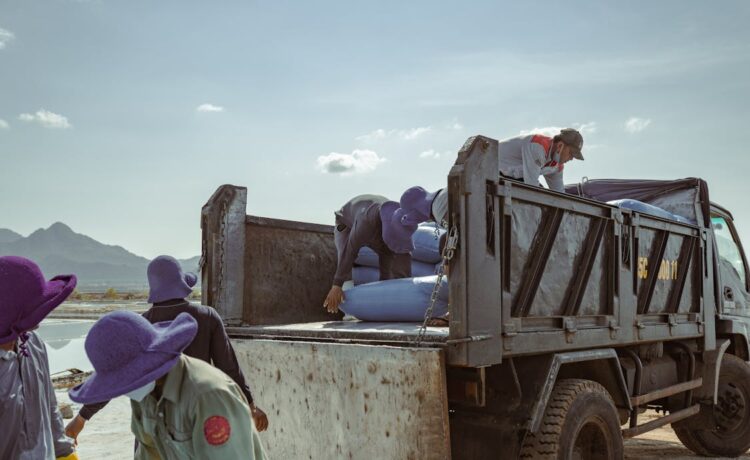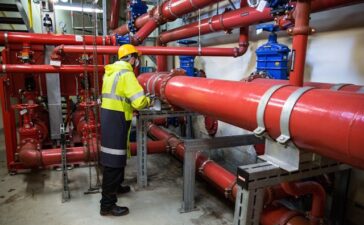Load restrain ensures that goods are safely transported from the origin to the final destination. This applies whether the transport is carried out by sea, rail, road, air etc. You need to secure the load effectively so that you can prevent damage to the cargo, accidents and harm to the public and the workers.

There is load restraint training for individuals that want to work in this field and they can learn about how load can be secured so that it arrives safely at the destination. Goods transportation is an essential part of supply chains but if the loads are not properly secured, they can become dislodged, shift, tip over etc. leading to accidents and injuries. This can also lead o financial losses. When it comes to effective load restraint, there are a few principles to adhere to. You have to understand the characteristics of the load first such as its dimensions, weight, centre of gravity etc. This will help you determine the best way to restrain the load. The right restraint equipment should be selection based on the mode of transportation used, type of load and the regulatory requirements in place. Some of the common restraint equipment types you will find are chains, straps, nets, ropes and bracing systems. The weight of the load has to be distributed evenly so that it doesn’t become unstable or shift during the transit. This way, the load can be stable and balanced so that the risk of accidents can be reduced.
There are many regulatory requirements
And industry standards that you will need to adhere to and these include securing methods, weight limits and equipment specifications. You need to comply with these regulations so that the safety of the transportation operation can be maintained. The load restraint equipment should be inspected regularly. These should be maintained routinely as well. These procedures will ensure that the load restraint equipment are in good condition and able to secure loads effectively. Any worn out or damaged equipment should be replaced right away so that failures can be prevented. Direct restrain is one of the methods used and this is where the load is directly secured to the vehicle or transport container. The restraint devices used are chains or straps. You can use this to secure palletized goods, oversized loads and containers.

In indirect restrain method, partitions
Bulkheads and dividers are used to separate individual items within a bigger load. The moving of cargo during transit can be prevented in this way and it can reduce the risk of instability or damage. The load will be enclosed within a cage, container or crate when it comes to the containment method. This will prevent the load spilling or shifting during transit. You can use this method for loose materials or materials carried in bulk such as agricultural products, gravel or sand. If you have heavy or irregularly shaped loads like equipment or machinery, it can be transported using friction where the contact between the load the transport surface is maximised. This will lead to resistance against movement.





